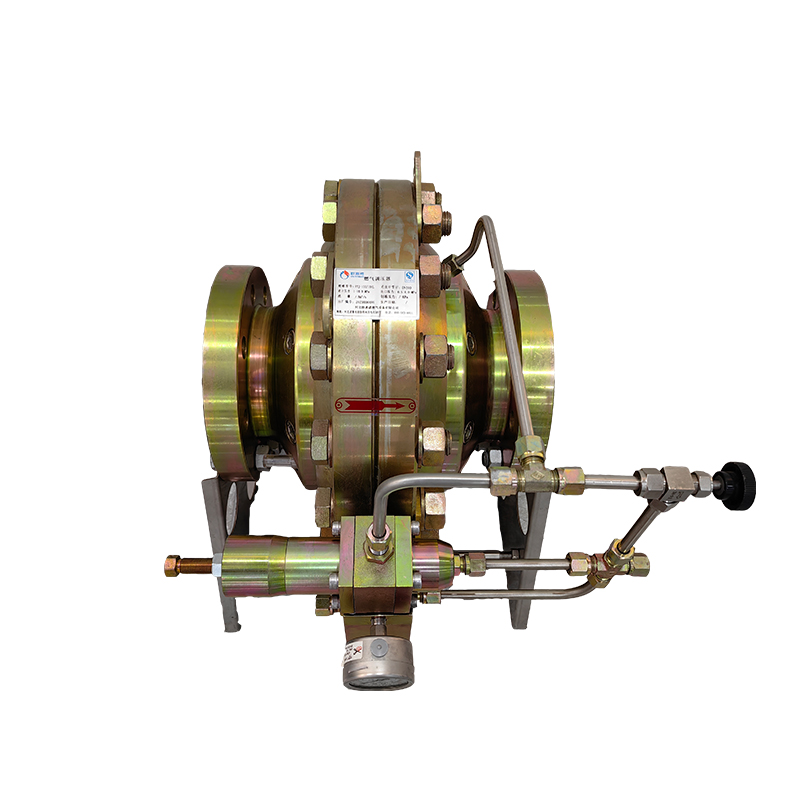
Nov . 05, 2024 16:12
Back to list
pressure reducer
Understanding Pressure Reducers Essential Components for Various Applications
Pressure reducers, also known as pressure regulators, are critical components in various industrial, commercial, and residential applications. These devices ensure that the pressure of a fluid—be it gas or liquid—remains at a desired level, preventing fluctuations that could lead to system failures or inefficiencies. In this article, we will explore the function, types, applications, and benefits of pressure reducers.
Function of Pressure Reducers
The primary function of a pressure reducer is to decrease the high pressure of a fluid entering a system to a safe and manageable level. This is essential because many systems are designed to operate at specific pressure levels; too much pressure can lead to equipment damage, while too little pressure can impede functionality. Pressure reducers achieve this by using a mechanism that automatically adjusts the flow of the input fluid based on the downstream pressure.
When the pressure on the inlet side exceeds the pre-set level, the valve within the reducer closes slightly to restrict the flow, thereby lowering the output pressure to the desired level. Conversely, if the downstream pressure drops, the valve opens to allow more fluid to flow through, maintaining a stable output. This dynamic regulation is key to efficient system operation.
Types of Pressure Reducers
There are several types of pressure reducers tailored to different applications. The most common include
1. Diaphragm Pressure Regulators These employ a flexible diaphragm that responds to pressure changes. They are widely used in gas applications due to their reliability and accuracy. 2. Piston Pressure Regulators These use a piston mechanism to regulate pressure and are suitable for applications requiring high flow rates and pressures. 3. Spring-Loaded Pressure Regulators These are among the most common types, where a spring mechanism provides resistance to pressure changes, allowing for automatic adjustment.
4. Electronic Pressure Regulators Increasingly popular in modern applications, these regulators use electronic sensors and control systems for precise pressure management, often integrated into automated workflows.
pressure reducer

Applications of Pressure Reducers
Pressure reducers are ubiquitous across various sectors. In the industrial sector, they are critical in manufacturing processes involving gas or steam systems, where stable pressures are necessary for optimal operation. The medical field also relies on pressure reducers in devices like oxygen masks and gas delivery systems, ensuring safety and effectiveness in patient care.
In commercial applications, such as restaurants, pressure reducers are used in gas supply systems for cooking appliances, ensuring that the appliances receive the right pressure for safe operation. HVAC systems also utilize pressure reducers to maintain optimal air pressure, improving energy efficiency and comfort.
Benefits of Using Pressure Reducers
The advantages of installing pressure reducers are numerous. Firstly, they enhance safety by minimizing the risk of pressure-related failures or accidents. A well-regulated pressure system can prevent leaks, bursts, and other hazardous situations.
Secondly, pressure reducers improve the efficiency of equipment. By ensuring that equipment operates within its optimal pressure range, these devices can enhance performance, prolong service life, and reduce maintenance costs.
Lastly, pressure reducers contribute to energy conservation. By regulating pressure and flow rates, they help minimize wasted energy, ultimately leading to cost savings for both businesses and homeowners.
Conclusion
In conclusion, pressure reducers play a vital role in a myriad of applications across different industries. By ensuring stable and efficient pressure levels, they not only protect equipment and enhance safety but also contribute to overall operational efficiency and energy savings. As technology advances, the design and functionality of pressure reducers will continue to evolve, meeting the growing demands of modern systems. Understanding their importance is crucial for anyone involved in system design, maintenance, or operation.
Next:
Latest news
-
Safety Valve Spring-Loaded Design Overpressure ProtectionNewsJul.25,2025
-
Precision Voltage Regulator AC5 Accuracy Grade PerformanceNewsJul.25,2025
-
Natural Gas Pressure Regulating Skid Industrial Pipeline ApplicationsNewsJul.25,2025
-
Natural Gas Filter Stainless Steel Mesh Element DesignNewsJul.25,2025
-
Gas Pressure Regulator Valve Direct-Acting Spring-Loaded DesignNewsJul.25,2025
-
Decompression Equipment Multi-Stage Heat Exchange System DesignNewsJul.25,2025

